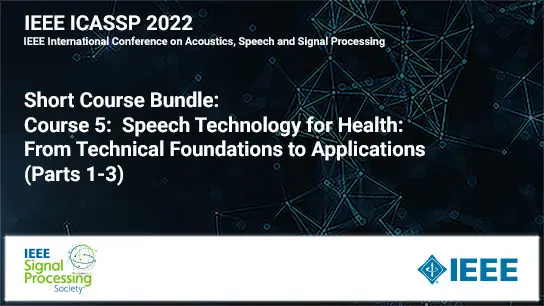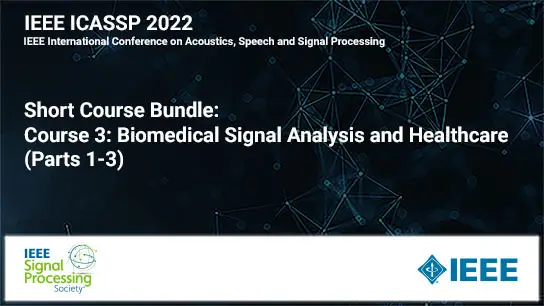Sparse Analysis of Block-Boosted Deep Features for Osteoporosis Classification
Sokratis Markrogiannis
-
Members: FreeSPS
IEEE Members: $11.00
Non-members: $15.00Length: 0:10:15
27 Jun 2022
Osteoporosis is a skeletal disease that increases the risk of bone fracture due to low bone mass and deterioration of bone tissues. This disease is commonly diagnosed by the measurement of bone mineral density from Dual Energy X-ray Absorptiometry (DXA). Computer-aided research aims to assist medical professionals in the diagnosis of osteoporosis by learning the features of healthy and osteoporotic bone tissues. In this work, we combine the feature extraction capability of deep neural networks and sparse approximations to classify the state of bone tissue. We evaluate our methods for the purpose of bone characterization using bone radiograph images from the TCB dataset. The use of deep features in our spatially localized ensemble sparse analysis (DF-SLESA) method provides more discriminative characterizations than conventional sparse approximations and block-boosted sparse approximations on the original imaging data. Quantitative results also show that the analysis of blocks of deep features combined with boosting achieves better classification performance than block-boosted sparse approximations. The proposed variant of our technique using InceptionV3-SLESA reached an area under the ROC curve of 76.80%, and classification accuracy of 72.67%.


